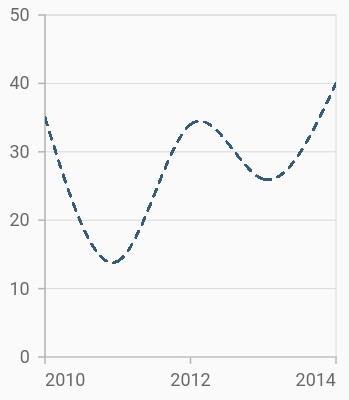


When activated for a disaster response operation, DOE has two primary responsibilities: provide situational awareness during energy-related emergencies and facilitate the restoration of damaged energy infrastructure. Within the NRF, at the Federal level, the US Department of Energy (DOE) serves as the coordinating agency for Emergency Support Function #12 – Energy, which facilitates the reestablishment of damaged energy systems and components, including liquid fuel infrastructure. Response to energy sector incidents, whether natural or manmade, begins at the State, local, tribal, or territorial level. In addition to the SPR, the US Congress amended EPCA in 2000 to establish a separate Northeast Home Heating Oil Reserve (NEHHOR) 1, in an effort to ensure the uninterrupted supply of home heating oil to several US States (Maine, New Hampshire, Vermont, Massachusetts, Connecticut, Rhode Island, New York, Pennsylvania, and New Jersey) in the country’s Northeast (EPCA section 181).įederal and State government activities and responses to all hazards impacting the energy sector are largely consistent with the National Response Framework (NRF), which is prepared by the US Department of Homeland Security (DHS) and serves as a guide for how the United States responds to all types of disasters and emergencies.
#Spr drawdown chart verification#
Exchanges usually occur during severe weather events, such as Hurricanes or in response to temporary disruptions, such as pipeline blockages and ship channel closures when a facilities normal scheduled deliveries are interrupted.In the wake of the 1973-74 oil crisis, the United States (US) Congress enacted the Energy Supply and Environmental Coordination Act of 1974 (ESECA) and the more comprehensive Energy Policy and Conservation Act of 1975 (EPCA) with the specific aims to fulfil the US’s obligations under the International Energy Programme (IEP), to provide for the creation of a Strategic Petroleum Reserve (SPR), to conserve energy supplies, to provide for improved energy efficiency, to provide a means for verification of energy data, and to conserve water by improving water efficiency of certain plumbing products and appliances (EPCA section 2). In an exchange, an entity (usually an oil refiner) borrows SPR crude oil for a short time period due to exigent circumstances and later replaces it in full, along with a premium of an additional quantity of oil. can release and acquire SPR oil through a mechanism known as an exchange. The Statutory Authority for an SPR Drawdown outlines the EPCA requirements for an authorized sale and drawdown. The Department may initiate a sale to respond to a severe energy supply interruption, to prevent or address lesser supply shortages or to conduct evaluations of drawdown and sales procedures. DOE sells SPR oil in a competitive auction to the highest bidder. Section 161 of the Energy Policy and Conservation Act (EPCA) gives authority to the President under specified conditions to direct the Secretary of Energy to conduct a public sale of oil from the Strategic Petroleum Reserve.


 0 kommentar(er)
0 kommentar(er)
